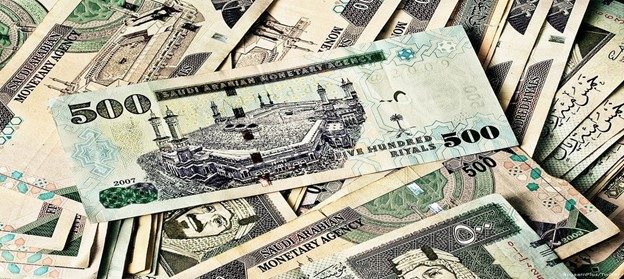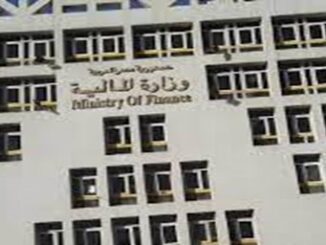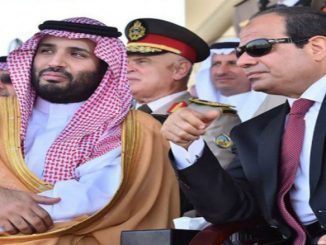
Saudi Arabia’s National Debt Management Centre (NDMC) said it has completed its 125 billion riyal ($33.3 billion) borrowing plan for 2021.
Saudi Finance Minister and Chairman of the NDMC, Mohammed Bin Abdullah Al-Jadaan, announced that 60.5 per cent of the debt raised in 2021 was from local sources while the remaining 39.5 per cent was made up of international borrowing.
Saudi Arabia resorted to domestic and foreign debt after its revenues were severely affected by the decline in oil revenues due to the coronavirus pandemic in 2020.
Last August, the Saudi Ministry of Finance said the kingdom’s public debt at the end of the second quarter of 2021 amounted to about 922.8 billion riyals ($246.1 billion), an increase of 2.4 per cent to the previous quarter, and 12.6 per cent on the previous year.
At the end of the second quarter of 2021, Saudi public debt made up 36.5 per cent of the kingdom’s GDP, up from 32.3 per cent at the end of 2020.
Although the Saudi economy is one of the most robust economies in the world, inflation has remained relatively high, at an average of 4.17% in the period from 2007 to 2013. The problem of inflation is worse when we look into the main divisions of living costs; for example, in the Food and Non-alcoholic Beverages division the average inflation across the same period was 6% while for Housing, Water, Electricity, Gas and Other Fuels the average annual inflation rate was 7.9%. In 2011 alone in the same category, inflation was 11.4%.
These increases in the cost of living have raised complaints from the Saudi population as nongovernmental agencies have claimed that the real inflation rate in the country is much higher than the official rate. For example, a survey by the leading Middle East job placement website claimed that cost of living expenses increased by 31% in 2013 and that wages were growing at a slower rate than the cost of living.
Saudi wealth fund and green debt issuance
According to a report by Vivian Nereim and Matthew Martin published in Bloomberg in September 2021, the Saudi Public Investment Fund tended to invest more in businesses that benefit from a transition away from fossil fuels, mirroring Saudi Arabia’s wider strategy to diversify its economy away from a reliance on crude sales.
According to Bloomberg, Saudi Arabia’s $430 billion sovereign wealth fund was planning to announce its first green debt issuance as it looks to increase the role that environmental, social and governance principles play in its investments.
The Public Investment Fund (PIF) was due to announce the green issuance “very soon,” Governor Yasir Al-Rumayyan said in a virtual event on Tuesday. According to Rumayyan who is also chairman of Saudi Aramco, the PIF is also working with BlackRock Inc. on developing an ESG framework
“A boom in global sales looks set to take ethical debt issuance toward $1 trillion this year, with the U.K.’s green bond debut breaking records this week. A green borrowing by the PIF would be the first for a sovereign wealth fund and comes as the kingdom, one of the world’s largest oil exporters, looks to reshape its reputation on environmental issues,” Al-Rumayyan said, adding:
The government is set to announce details of its own environmental plans at a conference next month. In September, the Finance Ministry already appointed HSBC Holdings Plc and JPMorgan Chase & Co. as joint structuring agents for its sustainability financing framework.
“We’re working with many partners from all over the world, domestically and internationally, to have a better ESG compliance to all the things that we do,” Al-Rumayyan said. As part of developing its own ESG framework, the PIF was looking to “gradually” move toward turning down investments that lack their own sustainability plans, he said.



